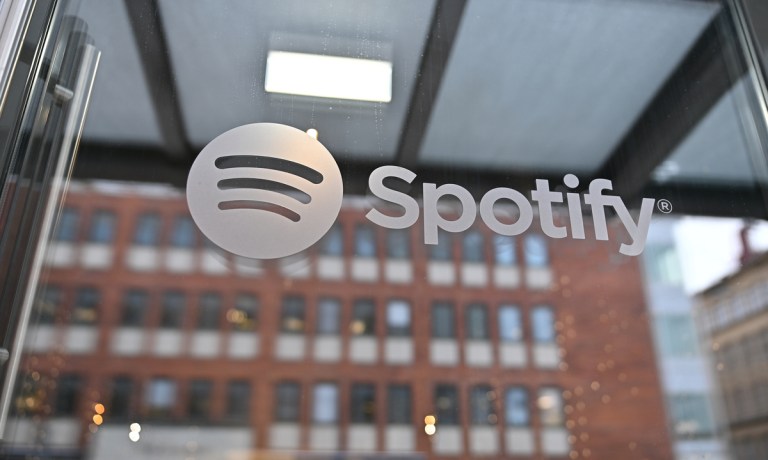
For Spotify founder and CEO Daniel Ek, the company’s third-quarter results reflect the momentum it’s built over the past year and the realization of long-term strategic goals.
“Back at our 2022 Investor Day, we set clear goals for Spotify’s growth and this quarter marks a key point where we successfully achieved and even surpassed those targets, doing so slightly ahead of schedule,” Ek said Tuesday (Nov. 12) during the firm’s third-quarter earnings call. “This demonstrates what we’ve been saying over the past year. Spotify is not just a great product, but well on its way to becoming a great business.”
Strong performance across key metrics drove growth for Spotify, as monthly active users increased 11%, to 640 million; subscribers grew 12%, to 252 million; and total revenue rose 19%, to 4 billion euros ($4.2 billion).
As the macro environment changed, Ek said, “we made the difficult but necessary decision to adjust and focus our efforts on cost efficiency. We did this while continuing to transform our business, which included expanding into audiobooks in Europe, launching new subscription tiers, and bringing more video onto the platform, just to name a few. Today’s results demonstrate what we’ve consistently seen, the importance of finding the right balance between growth and reinvestment. We’ve never been in a stronger position, thanks to the outstanding execution by our team.”
A key driver of Spotify’s third-quarter success has been its focus on elevating user engagement, Ek noted. Recently, the company rolled out several new features aimed at improving the listening experience, including the addition of music videos for Premium users across 97 markets. Early data, he added, shows that users who interact with music videos have notably higher retention rates than those who don’t. This move supports Spotify’s strategy of integrating video content with its core audio offerings, deepening user immersion on the platform.
Another important development is the expansion of artificial intelligence (AI)-powered features, Ek said. The introduction of the AI Playlist, which uses generative AI to curate personalized playlists, has been rolled out across the U.S. and Canada, with plans to expand further. Similarly, the daylist feature, available to both free and Premium users, provides a daily mix tailored to individual preferences, and it’s now supported in over 14 languages. Ek said these innovations enhance the way users discover and interact with music, while showcasing Spotify’s commitment to using artificial intelligence to drive deeper personalization.
Last year Spotify expanded its partnership with Google Cloud to leverage advanced AI tools aimed at enhancing the user experience. Building on their partnership since 2016, Spotify uses AI to enhance personalized recommendations by analyzing spoken content, such as audiobooks and podcasts, and refine its content metadata. An example of this is Spotify’s AI DJ.
“Spotify keeps bringing up engagement and keeps bringing down churn,” Ek said. “That is the story we’ve been on. And whenever someone thinks we’ve reached a ceiling, it turns out that we’re finding more ways to drive up the engagement and driving down the churn. And AI is one of those ways. We are very excited about driving our usage of Spotify up over the coming years. AI is a huge unlocking technology that can enable transformational new ways where people want to soundtrack their lives in even more ways than they’ve done in the past.”
Meanwhile, podcasting remains a priority for Spotify, Ek said, and the company continues to look for new ways to engage listeners. More than 9 million Spotify users have participated in Q&As and polls on podcasts this year, he said, underscoring the growing interactivity of the platform. Features like direct comments on podcasts allow listeners to engage more directly with creators.
While podcasting remains a key priority for Spotify, Ek said, optimizing marketing efforts is another.
“We have spent a little bit more on marketing,” Ek said. “It’s important to add why I didn’t do that prior. We didn’t do that because we weren’t seeing efficiency. As we’re seeing more efficiency, then we are happy to spend. If we see great opportunities with great CAC [customer acquisition cost]-to-LTV [lifetime value] ratios, we will pursue them. If nothing else, the core will be about improving engagement on the product, improving efficiency on marketing.”